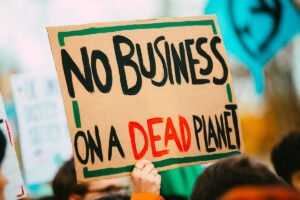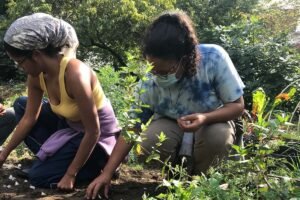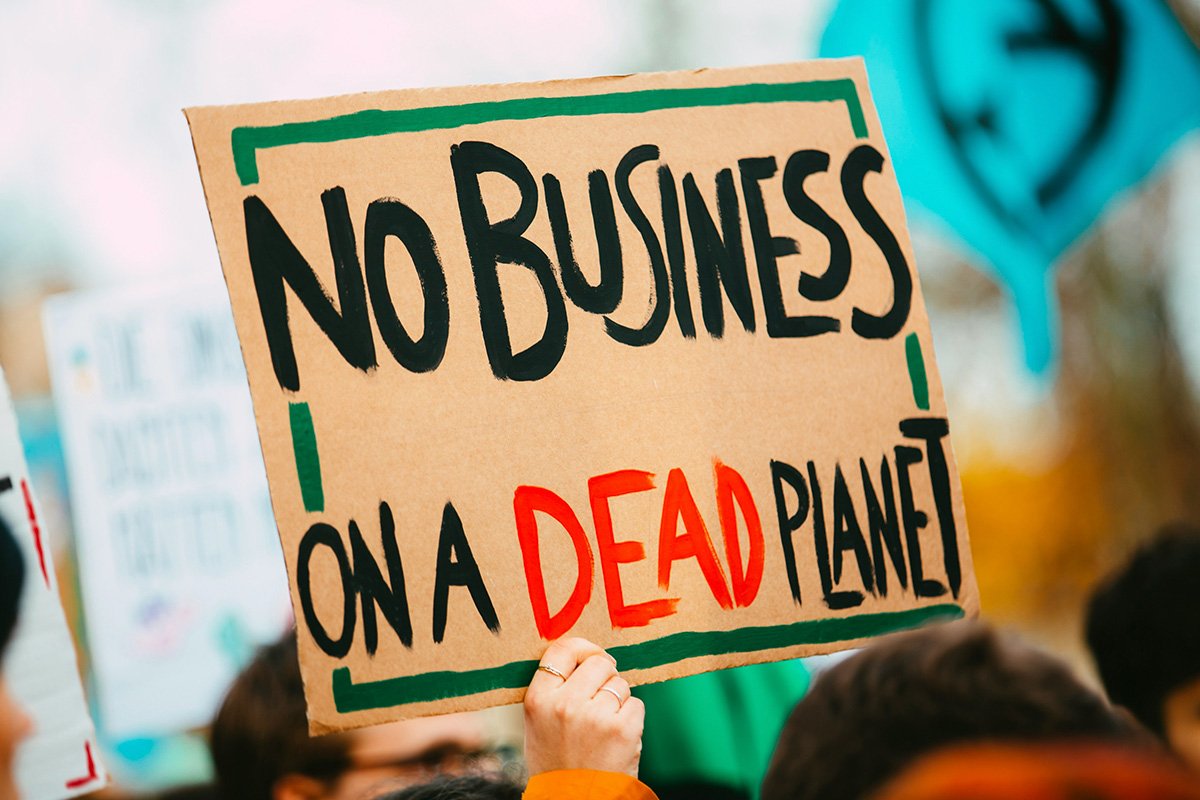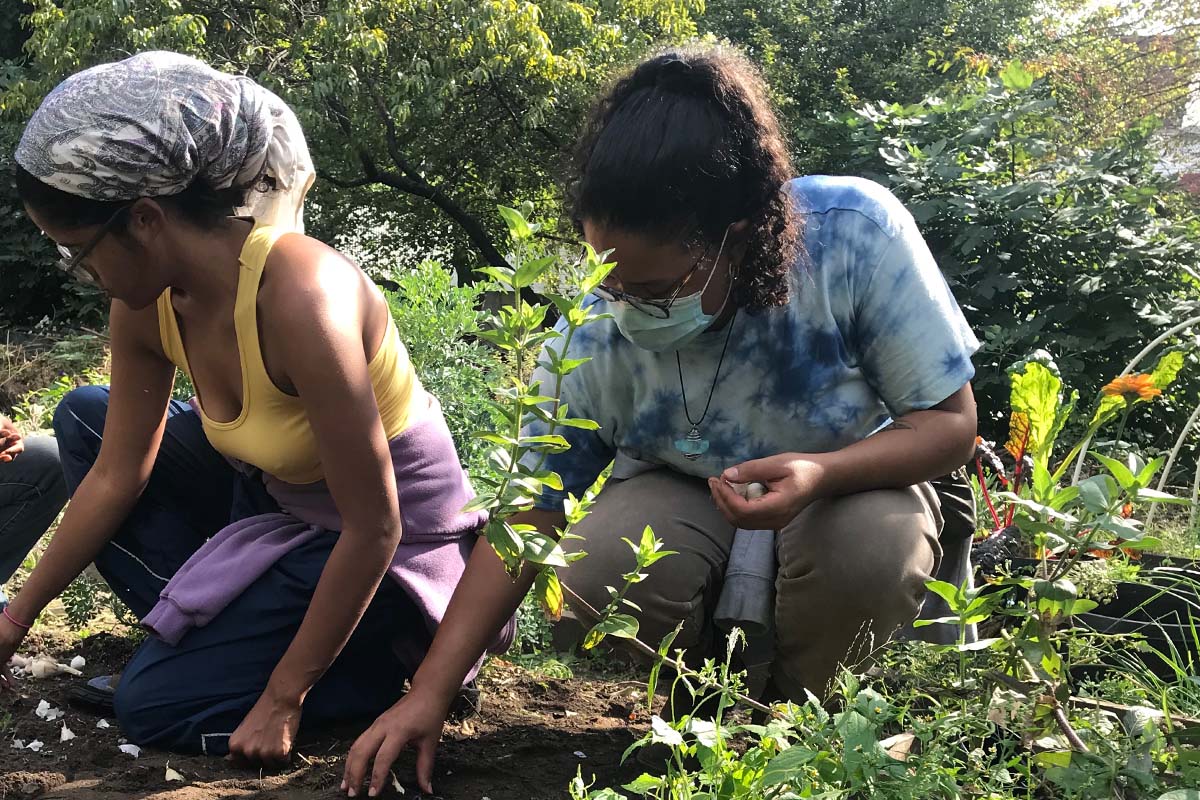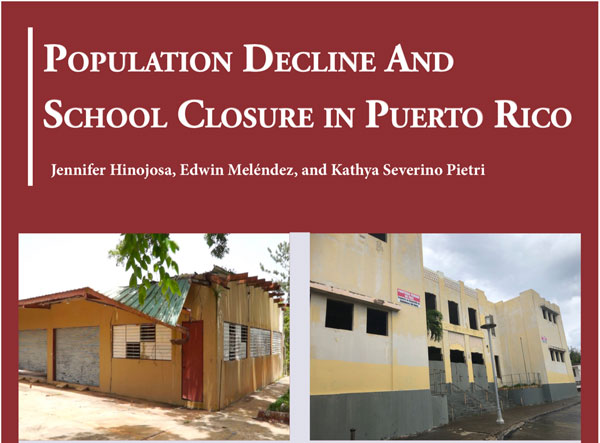
May 12, 2019; Truthout
Recognizing the value of Puerto Rico’s many abandoned educational facilities, communities like San Salvador and Santurce are reclaiming schools to provide social and health services or to establish community centers. However, the vast majority of the closed schools are vacant, and the government has not shared plans for the disposition of these community assets.
The latest round of school closures—260, or 24 percent of the schools for the 2018–2019 academic year—stem in part from Puerto Rico’s long-running financial crisis and a significant reduction in the number of school-age children. Hurricanes Irma and Maria exacerbated the situation by wreaking tremendous physical destruction and encouraging migration away from the island. Of course, as Ankur Singh explains in Truthout, the school closures were also very much politically motivated.
As Singh points out, in 2016, the US Congress voted for PROMESA (the Puerto Rico Oversight, Management and Economic Stability Act), which allowed Puerto Rico to declare bankruptcy but subjected it to a Financial Oversight and Management Board for Puerto Rico to manage debt payments. The board, in turn, has imposed austerity on the island.
“School closures,” Singh notes, “were a part of US-imposed austerity measures to reduce spending even before the hurricane.” Austerity measures have prompted massive protests from Puerto Rican teachers, students, and their parents, as well as a wide range of community-based efforts to create a more democratic economy.
Sign up for our free newsletters
Subscribe to NPQ's newsletters to have our top stories delivered directly to your inbox.
By signing up, you agree to our privacy policy and terms of use, and to receive messages from NPQ and our partners.
Among these organizing efforts are efforts to make the shuttered schools into community centers. As Tara Rodríguez-Besosa, a local community organizer with El Departamento de la Comida, speaking to Truthout.org, explains, in her town, what the school closure did was “create in the center of town a ghost situation. Now, she hopes that it will at least be repurposed as “a community center and refuge if another storm comes.”
Similarly, in the San Juan neighborhood of Santurce, volunteers are cleaning and caring for Escuela Pedro G. Goyco in San Juan.” Lydia Platón, a volunteer notes, “We’re trying to relive something that our street has lost,” by transforming the closed school into a community arts and culture space.
Without a territorial plan to dispose of the hundreds of vacant schools, neighborhood efforts to assume ownership of the facilities are complicated, as each community must navigate its way through the bureaucracy individually. The process should be straightforward, and there are successful models, such as Escuela Parcelas Suarez, a school in Loíza that has been running a community center out of a former school for the last seven years. As NPQ’s Cyndi Suarez notes, Loíza is the blackest and poorest municipality in Puerto Rico, but also a community with a strong arts tradition that is organizing itself to develop an arts corridor in its region.
Like community residents in Puerto Rico, researchers at the Center for Puerto Rican Studies at Hunter College in New York view the vacant schools as community assets. Their May 2019 research brief, Population Decline and School Closure in Puerto Rico, recommends an array of valuable repurposings of the closed facilities:
If these facilities cannot be devoted to schools or other educational purposes, such as adult training or distance learning facilities, we recommend that priority be given to the creation of multi-purpose community centers targeting special needs population such as the elderly or for targeted economic development programs in rural areas. Multi-purpose community centers may offer much-needed services to a growing aging population, especially in more isolated rural areas, and serve as emergency facilities. Community centers can be equipped with alternative energy sources, communications equipment, medical supplies and other necessities in case of emergencies and to serve as shelters.
For neighborhoods across Puerto Rico, transitioning shuttered schools to community centers or other public assets is one way that community members are taking charge of the economy and refusing to let central government austerity efforts define who they are.—Skip Lockwood



